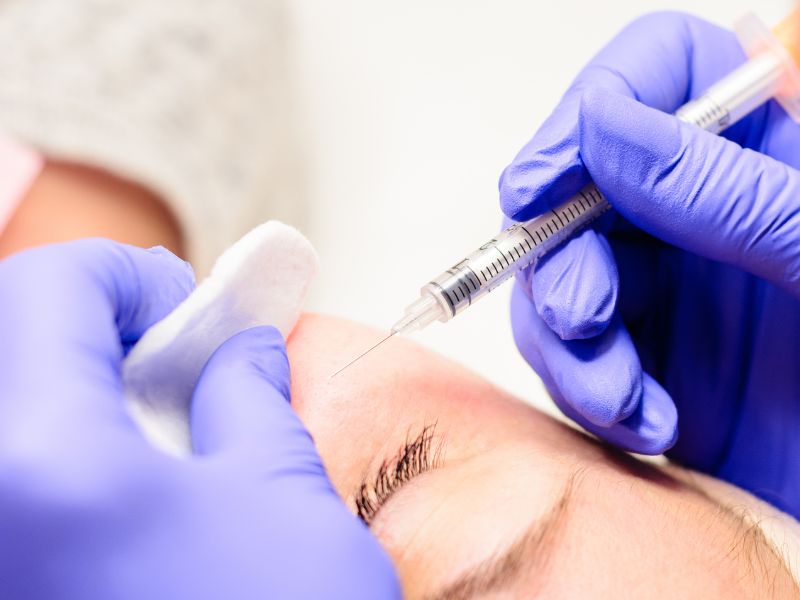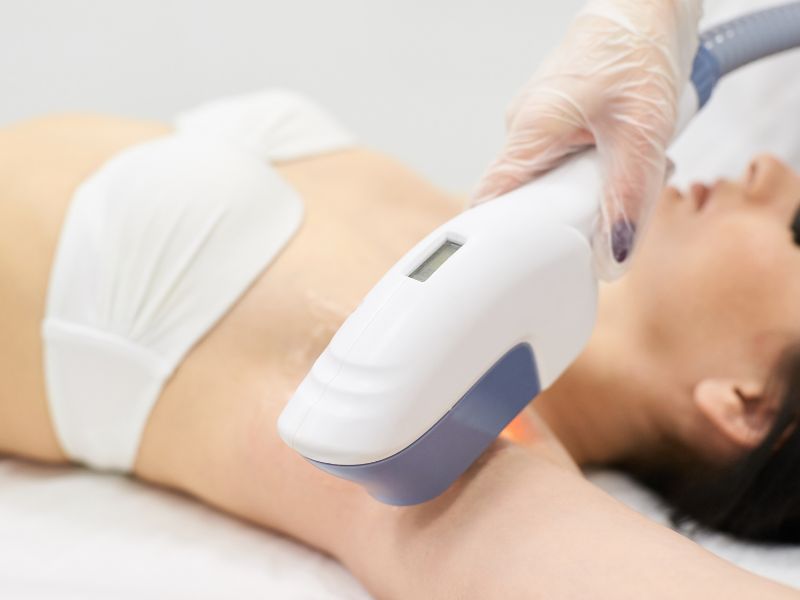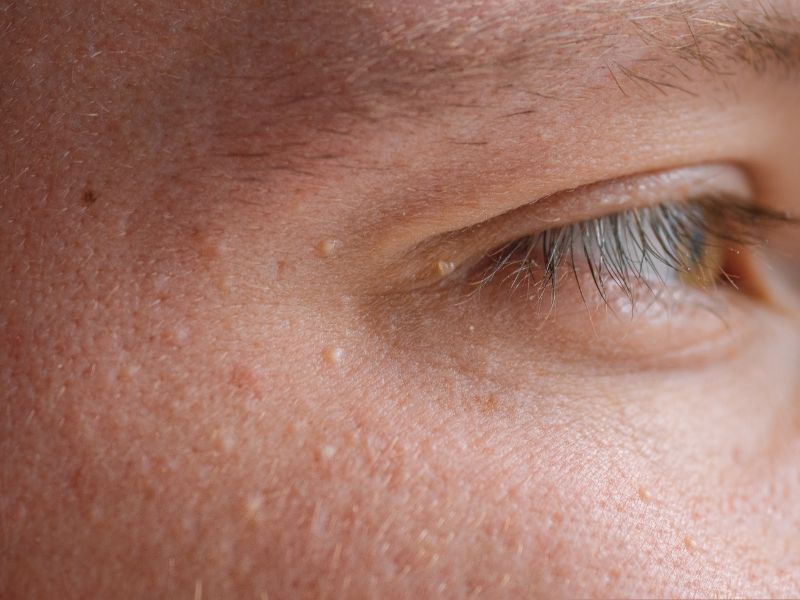Milia, those tiny, pearly white bumps that often appear on the face can be frustrating for many individuals. While they are typically harmless, some may choose to have them removed for cosmetic reasons or if they become a persistent concern. This article will explore what you need to know about milia removal.
Consult A Professional
Before attempting any milia removal, it’s crucial to consult a dermatologist or a licensed skincare professional. They will be able to assess your specific situation, ensuring that the treatment is appropriate and safe.

Canva. com
Understanding Milia Types
There are two main types of milia: primary and secondary. Primary milia are the most common and are believed to form when dead skin cells become trapped beneath the skin’s surface. Secondary milia, on the other hand, can arise due to factors such as injury, burns, or specific skin treatments. Knowing which type you have can help determine the most effective removal method.
Non-Invasive Techniques
Non-invasive techniques can often be successful for milia that are not deeply embedded. These may include methods like extraction using a sterile needle or lancet or the application of topical treatments containing ingredients like retinoids or alpha hydroxy acids. A trained professional should only administer these treatments to avoid any potential complications.
Cryotherapy
Cryotherapy involves freezing the milia using liquid nitrogen. This method is effective for stubborn or more enormous milia. It’s a quick procedure that typically requires little downtime but may result in temporary redness or swelling.

Canva. com
Electrosurgery
Electrosurgery utilizes a high-frequency electrical current to remove milia. This method is precise and can be an effective option for certain types of milia. However, it should only be performed by a skilled medical professional.
Laser Therapy
Laser therapy might be advised for milia removal in certain situations. This method employs targeted laser energy to break down the milia and stimulate collagen production. Laser therapy is particularly effective for larger milia or those resistant to other treatments.
